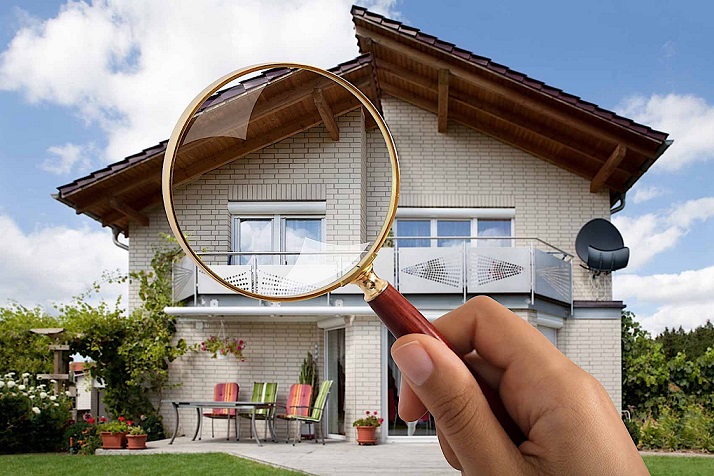When a building is inspected, its owners, potential buyers, insurance companies, and other people can find out how it is doing. The inspections by professional inspection experts include both visual and thermal checks of the building’s outside surfaces. They are usually done to figure out the building inspection condition and find problems like water or heat leaks and possible corrosion. But there are a few things that could make it hard for the inspection engineers to do the exercise well.
One of the hardest parts of building inspections is getting to the roof, high walls, and other parts of the outside that are hard to reach. Methods like rope access and scaffolding are risky, expensive, and take a lot of time. This could make it harder to see and learn more about some parts of the building.

- Costs and risks of getting to
In the traditional way of inspecting, engineers and architects have to pay for access tools, climbing equipment, insurance, and the extra work that comes with using rope access or swing stages. The costs of inspections end up going up because of these and other things. In fact, the high costs of traditional building inspections, which are usually passed on to the home or building owner, have been one of the main reasons why most people don’t do them.
As a building gets taller, there are more risks, like falling down and other things. If the building is much taller or bigger, the inspector may not be able to use the ladder and will have to buy more expensive access and safety gear. This means that inspections are harder, riskier, and cost more as buildings get more complicated. Aside from falling down when trying to get to the roof, there are other risks, such as structures collapsing or getting electrocuted by power lines.
Due to the higher risks, the cost of equipment, people, and insurance policies for the people goes up. Even with all of these tools, the inspectors still can’t get a full picture of some of the surfaces. This is sometimes because they can’t get close enough to the surface or structure, it’s too tight, or they can’t get to places where their climbing gear can’t reach.
Also Read: 12 Perfect Colors That Go Well with Burgundy
- Problems with building inspections and how to fix them
The normal ways to get to some parts of the building are expensive and, more often than not, dangerous. All of these things are changing, though, because of the new technologies for unmanned aerial vehicles. Drones are now used for a wide range of personal and business tasks, and they can be used to inspect buildings in a safe and cost-effective way.
Inspections done by drone get rid of all the risks and high costs that come with traditional building inspections done by hand. Aside from saving money, drones make it easy to get to almost any surface and take detailed photos, videos, and thermal images. Also, it takes a lot less time and money to use a drone because you don’t have to buy and set up expensive access equipment.
The drones let inspectors do the analysis safely without sending anyone up a ladder or spending money on tools like scaffolding. It only takes a person on the ground and a drone that can be programmed to scan the roof in a certain way. This lowers the risk of harm to the technicians and other people in or near the building.